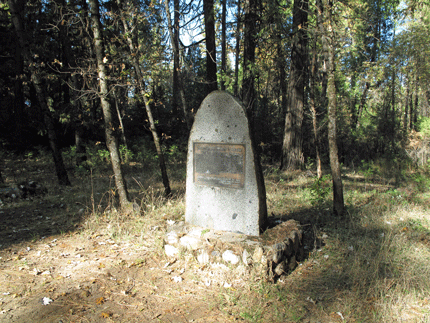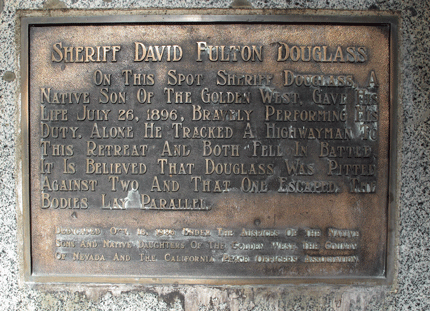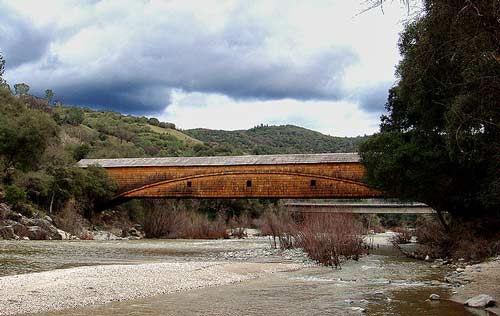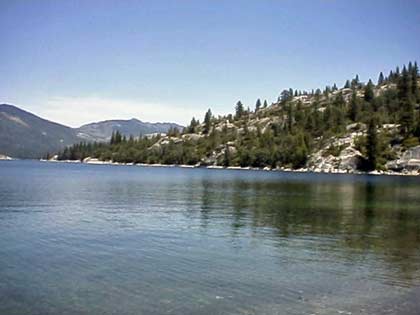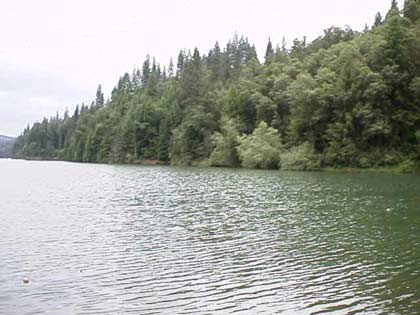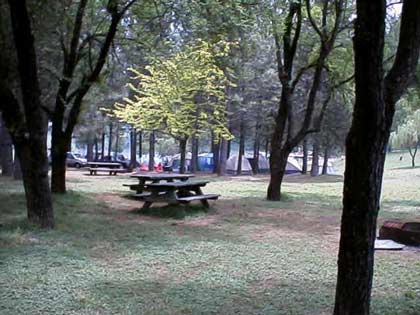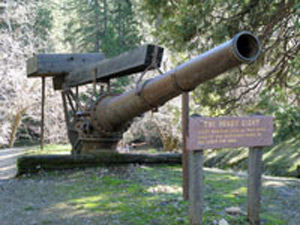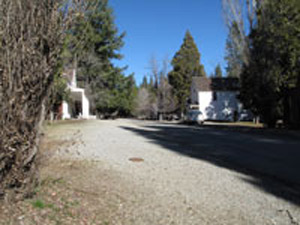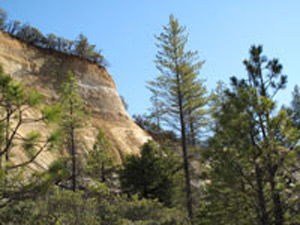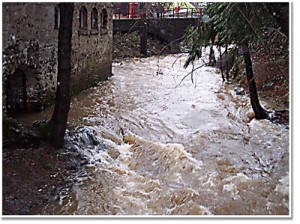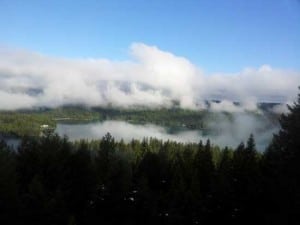
Residents of Cascade Shores east of Nevada City will be getting a larger, more reliable public water system, under actions taken Wednesday (May 23) by the Nevada Irrigation District Board of Directors.
The board voted to purchase 4400 feet of new eight-inch pipeline to replace deteriorating and undersized 4-inch and 6-inch main lines installed in the 1960s and 1970s by the developer of Cascade Shores. The new pipe will be purchased from low bidder Groeniger & Co. for $129,800.
The system improvement is planned along Cascade Loop, Cascade Drive and Artic Close and also includes nine new fire hydrants. NID maintenance crews are slated to begin installing the new pipeline in June.
The overall project is budgeted at $350,000 and is part of a systematic program to upgrade aging water infrastructure in four Nevada County residential communities developed in the 1960s and 1970s. An initial project was completed in Alta Sierra last year, an upgrade is now being completed in Lake of the Pines and an improvement at Lake Wildwood is planned for 2013.
Directors also awarded a $732,600 contract to T&S Construction, Inc. of Sacramento for construction of a new transmission main line along Highway 49 in North Auburn.
The water project will provide for more water and fire flow along the Highway 49 corridor from Locksley Lane to Quartz Drive. Work is expected to begin in June and be completed before winter.
Source: NID press release
Related articles
- NID Watershed Gets Good Bill of Health (yubanet.com)
- Nevada County History, California (nevadacounty.com)
John J. O’Dell Realtor® GRI
Civil Engineer
General Contractor
(530) 263-1091
Email jodell@nevadacounty.com

